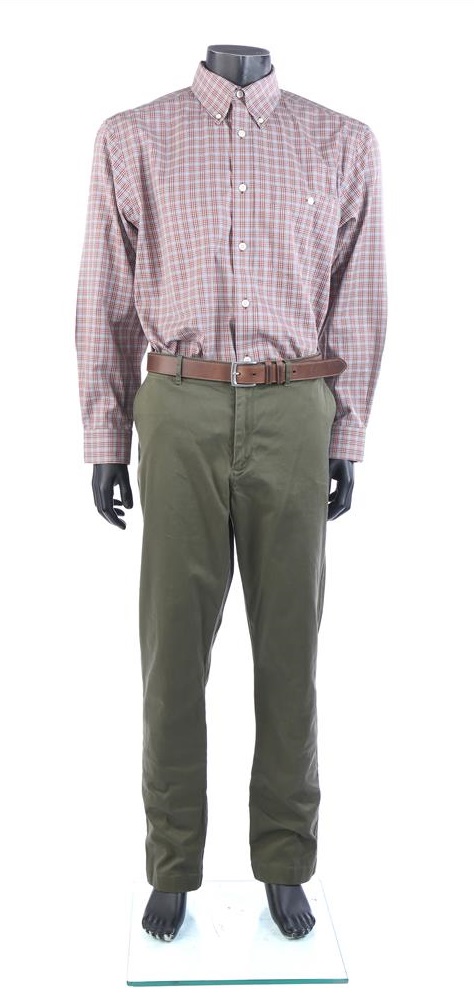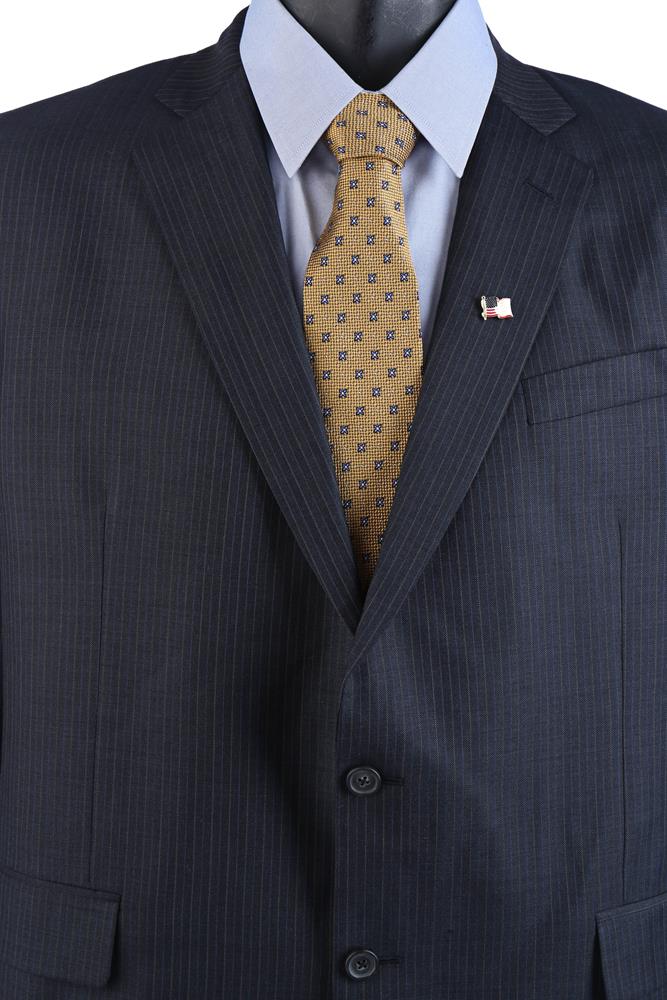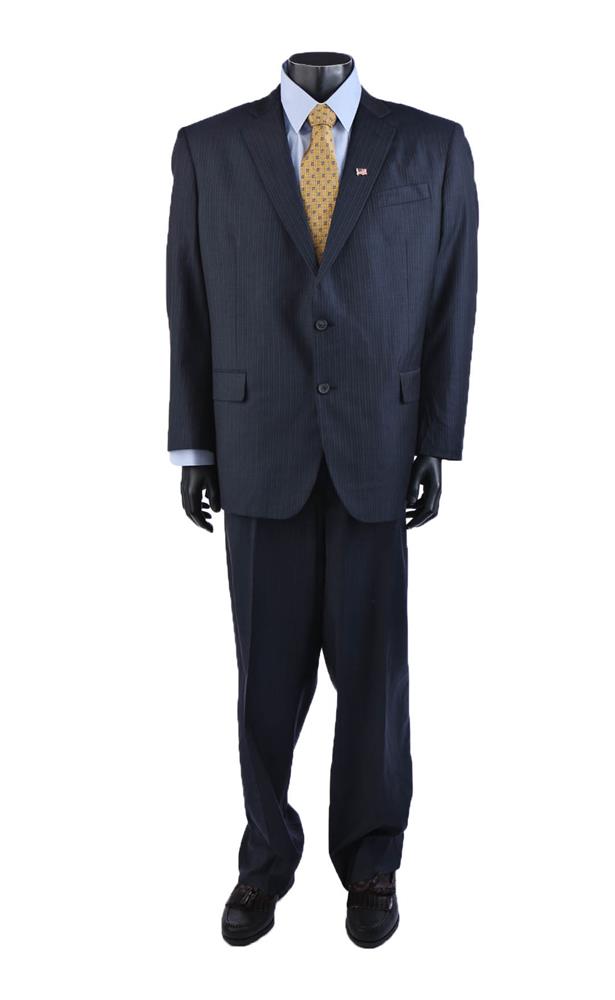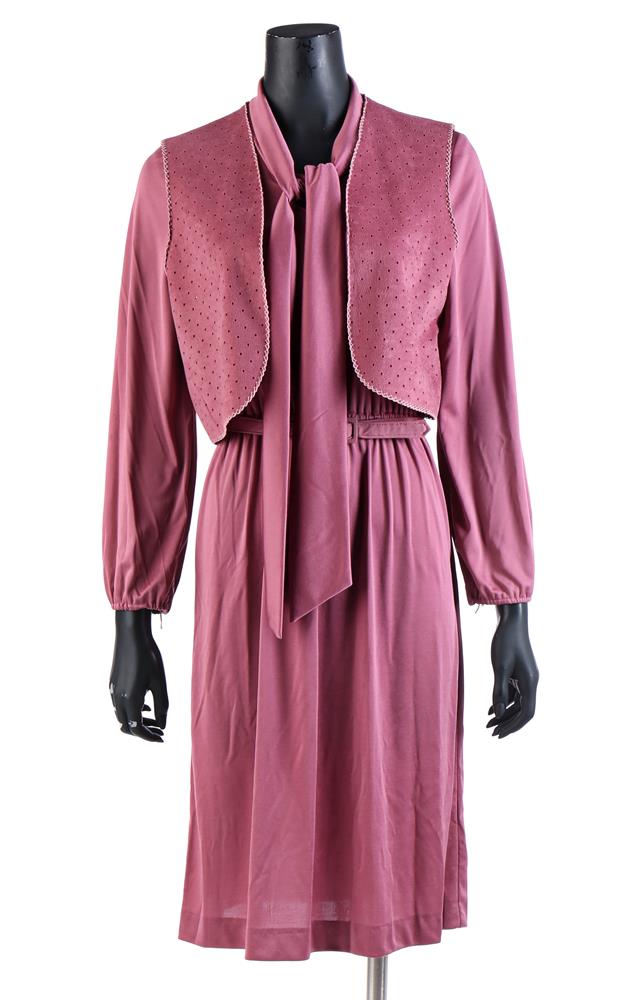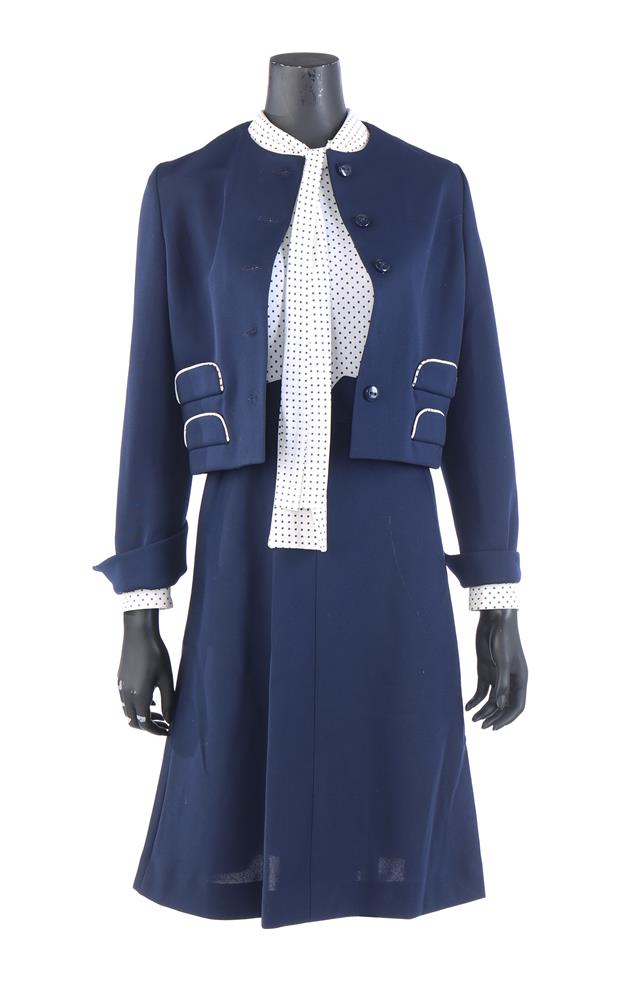As Propstore’s Vice auction launches, we explore how the epic, Oscar-nominated political drama proved such a challenging production for its costume designer.
Vice is without a doubt the toughest movie director Adam McKay has ever made. And not simply because its main character, manipulative George W. Bush-administration Vice-President Dick Cheney, was so tricky to pin down for filmmaker behind Anchorman, Step Brothers and The Big Short. Or the fact that he had to reveal some horrifying things about Cheney’s political tactics and their consequences, while retaining his comic sensibility. It was mainly thanks to the film’s sheer scope: it takes place over six decades, taking in over 200 different locations, with 180 different speaking parts — including a lead actor under heavy prosthetic as Cheney himself.
Unsurprisingly, it was a supremely challenging production for its crew, too, not least costume designer Susan Matheson, working on her fifth movie with the director. Hundreds of pieces of clothing were required, which were needed to not only match the various time periods the film covered, but the different locations, too — as well as having to accurately reflect reality, given every character in the film is of course based on a real person.
“It was like running on a treadmill as fast as I could,” Matheson told Ikon London Magazine. “As soon as you’d sink your teeth into one time period you were onto the next. I’ve never worked on anything with this great a span of time and with this many cast members and costumes.” Cheney alone, she revealed, required almost 100 costume changes, while his wife Lynne had 60. Cheney was by far the hardest character to dress, primarily because his body-shape changed so much over the decades of the story.
Not that it wasn’t rewarding for Matheson, who made her own contributions to the characters’ depiction. Lynn Cheney, for example, she saw as “very buttoned up”, so she gave her a lot of blouses with bows, to subtly make her appear a little constrained.
Dick Cheney’s journey, meanwhile, is reflected in his sartorial tones. When he starts out as a young man in his home state of Wyoming, he is dressed in earthy colors. Then, when he makes the move to Washington DC and shifts into politics, his style becomes more somber, from the glen plaid suit he wears when he first starts working in DC, to the monochrome of his later years. “The more entrenched he becomes in government,” Matheson said, “the more austere his look becomes.” An appropriate approach for a man who, as the film so entertainingly reveals, loved to operate quietly in the grayest of politics’ gray areas.
Follow us on Twitter and Facebook to be the first to know about all current & upcoming Propstore Auctions and more!
